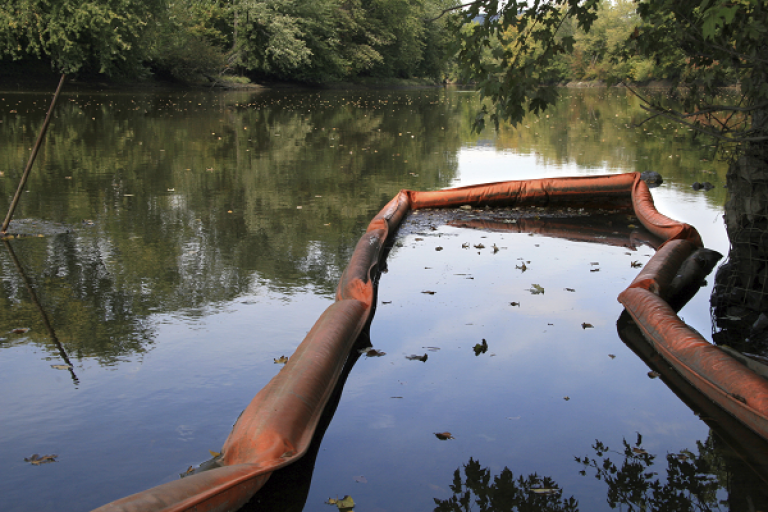Modelling Large Scale Invasion of Aedes aegypti and Aedes albopictus Mosquitoes
Vector-borne disease dengue fever is mainly transmitted by two invasive mosquito species: Aedes (Stegomyia ) aegypti (L.) and Aedes (Stegomyia ) albopictus (Skuse). The principle aim of this work is to simulate the invasion of these two mosquito species in central Europe at a landscape scale. The spatial-temporal dynamics of invasion is investigated in dependence of predation pressure, seasonal variation of ambient temperature as well as human population density. The introduction of temperature dependent entomological parameters enables the simulation of seasonal pattern of population dynamics. The influence of temperature, predation pressure and human population density on invasion is studied in one-dimensional cases. In two dimensions, georeferenced parameters such as annual mean temperature and human population density are prepared by a geographical information system and introduced into the finite element tool COMSOL Multiphysics.
The results show that given the current temperature central Europe cannot become a permanent breeding region for Aedes aegypti . However, southwest Germany especially the regions along the Upper Rhine Valley may provide suitable habitats for the permanent establishment of Aedes albopictus. An annual temperature rise of two degrees would lead to dramatic increase of invasion speed and extension range of Aedes albopictus.
Read more about this topic in our recently published paper by Wenkui He and Otto Richter. It is available online or download a copy free of charge here.
Bibliography:
He, W. and Richter, O. (2018) Modelling Large Scale Invasionof Aedes aegypti and Aedes albopictus Mosquitoes. Advances in Pure Mathematics, 8, 245-265.
https://doi.org/10.4236/apm.2018.83013

